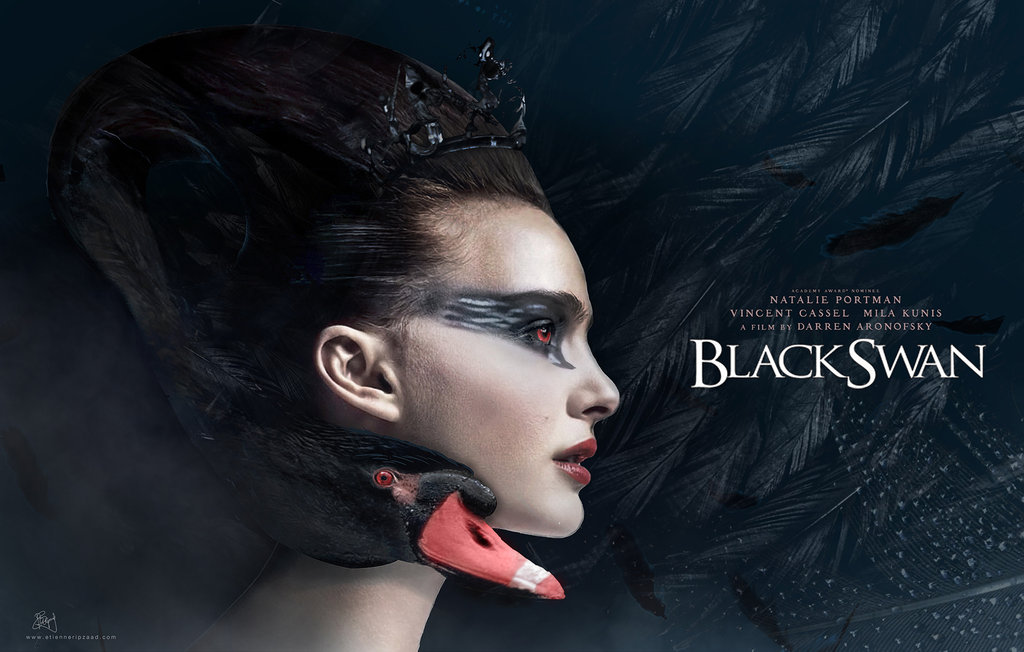Over 10 years ago, visionary director Darren Aronofsky thrilled and frightened audiences with his bleak and beautiful portrayal of ballet. Audiences of 2010’s “Black Swan” would never forget the sequences of body horror, both real and imagined, set to the strains of Tchaikovsky’s “Swan Lake” suite. Natalie Portman’s performance is second to none, and she deserved an Academy Award for Best Actress.
However, there’s more to the meaning of “Black Swan” than meets the eye. Just like how a movie steeped in symbolism, like “Collateral Beauty” contains many hidden gems of meaning, the mind-bending nature of Aronofsky’s opus demands deeper interpretation.
Today, you’ll finally have all the deeper symbolism and nuance of “Black Swan” explained.
The Inspiration Behind “Black Swan”

To truly understand the full meaning of “Black Swan,” you must learn of its inspiration. Darren Aronofsky has made no effort to hide the fact that the film was heavily inspired by the 1997 anime movie “Perfect Blue.” He has even bought the rights to the film, as well as other movies created by its director Satoshi Kon, so that he may emulate their visual styles.
“Perfect Blue,” like most of Satoshi Kon’s films, deal with conflicting yet intermingling dualities. In this case, a young pop singer transitions to being an actress. The dualities presented include the opposition of a stage persona versus your personal life, obsession in the face of passion and reality versus delusion.
One can see many of these themes repeated in 2010’s “Black Swan,” yet Aronofsky’s take on the tale is vastly different from Kon’s. But the theme of dualities in opposition remains and is at the heart of any meaningful explanation of “Black Swan.”
Dualities in ‘’Black Swan” Explained

The dualities presented in “Black Swan” exist, much like monsters in “The Cabin in the Woods”. They are implements used to mold the story and shape the greater theme: the conflict of self versus self. Nina’s descent into madness and ascent into creative genius is brought on by the oppositions within her. These conflicts are the core of the symbolism of “Black Swan.” Here are the dualities of “Black Swan” explained.
Innocence versus Sensuality
One of most easily spotted oppositions is the contrast between the virginal Nina and the sexual Lily. However, in the beginning of the movie, Nina’s virginity is seen as a hurdle rather than an asset. The director insists that it holds back her creatively, an observation that sounds very suspicious and reeks of harassment. But her sheltered life does hold her back socially, as demonstrated by her awkwardness and meekness.
Nina and Lily are at the opposite ends of the spectrum: the White Swan and the Black Swan. Nina, as the Swan Queen, has to embody both virtue and vice. No wonder her mental state rapidly declined the face of such an impossible task.
Motherhood versus Girlhood
Another point of contention exists between the childlike Nina and her aged mother. Nina is very much a girl to a disturbing degree. Her bedroom looks more like a prepubescent’s than a grown woman’s, decked in frills and pink and dolls.
Her mother’s room is littered with pictures of Nina, showcasing how she has abandoned all other pursuits but parenthood. The mother wishes her child to never develop while Nina strains to become an adult. Their conflict is brutally resolved with violence as the inherent rebellion of a child versus their parent explodes in a short time.
New versus Old
The impetus for the movie is when the director replaces the aging Beth with the lush Nina. He also emphasizes how they will reimagine “Swan Lake” and make it new. Clearly, the divide between the past and future is also key in any explanation of “Black Swan.”
The movie highlights the destructive and insulting aspects of the old, as presented by the scathing comments of both Beth and Nina’s mother. However, the new isn’t presented much better, with Nina and Lily exhibiting self-destructive and reckless tendencies.
Obsession versus Passion
The transformative power of performance art, specifically dance, is one that will intrigue directors ofr ages. After “Black Swan”, the power dance was explored by 2017’s “Suspiria.” Both films showcase how grueling dance can be, contorting and disfiguring both the mind and body of its performers.
In “Black Swan,” the movie highlights the dangerous divide between being passionate of your work and being obsessed with perfecting it. The director and Lily showcase passion; both of them are clearly enamored with ballet yet their psyches aren’t ravaged by it. Nina and her mother represent obsession. The pair have devoted their lives to ballet to the exclusion of everything else.
Real versus Imagined
The final conflict in “Black Swan” is that between what is real and what is not. As Nina’s mental health continues to deteriorate, she has increasing hallucinations. She is tormented by moving reflections, hallucinatory wounds, imagined interactions and other grotesque visuals. At first, she is rightfully afraid of these images; as she continues to embrace her degeneration, she also embraces these illusions. She begins to detach herself from the rational and instead choses the fantastical, reveling when she imagines her arms turning into wings at the height of her mania.
The Ending of “Black Swan” Explained

No explanation of “Black Swan” is complete without an educated guess at the fate of the protagonist. Did Nina die at the end? You can surmise her fate by following the theme of transformation and duality. Nina begins the movie a naïve and sheltered soul. She progresses, she begins to become more worldly, losing her virginity and coming in to her own. However, her self-exploration comes at a cost: her relationship with her mother and possibly her own life.
How can we be reasonably sure that she is dead? The film itself explores one final duality: life and death. This duality is even explored by “Swan Lake” itself. And in the ballet, the White Swan dies whereas the Black Swan lives. Nina may have literally given the performance of a lifetime.



